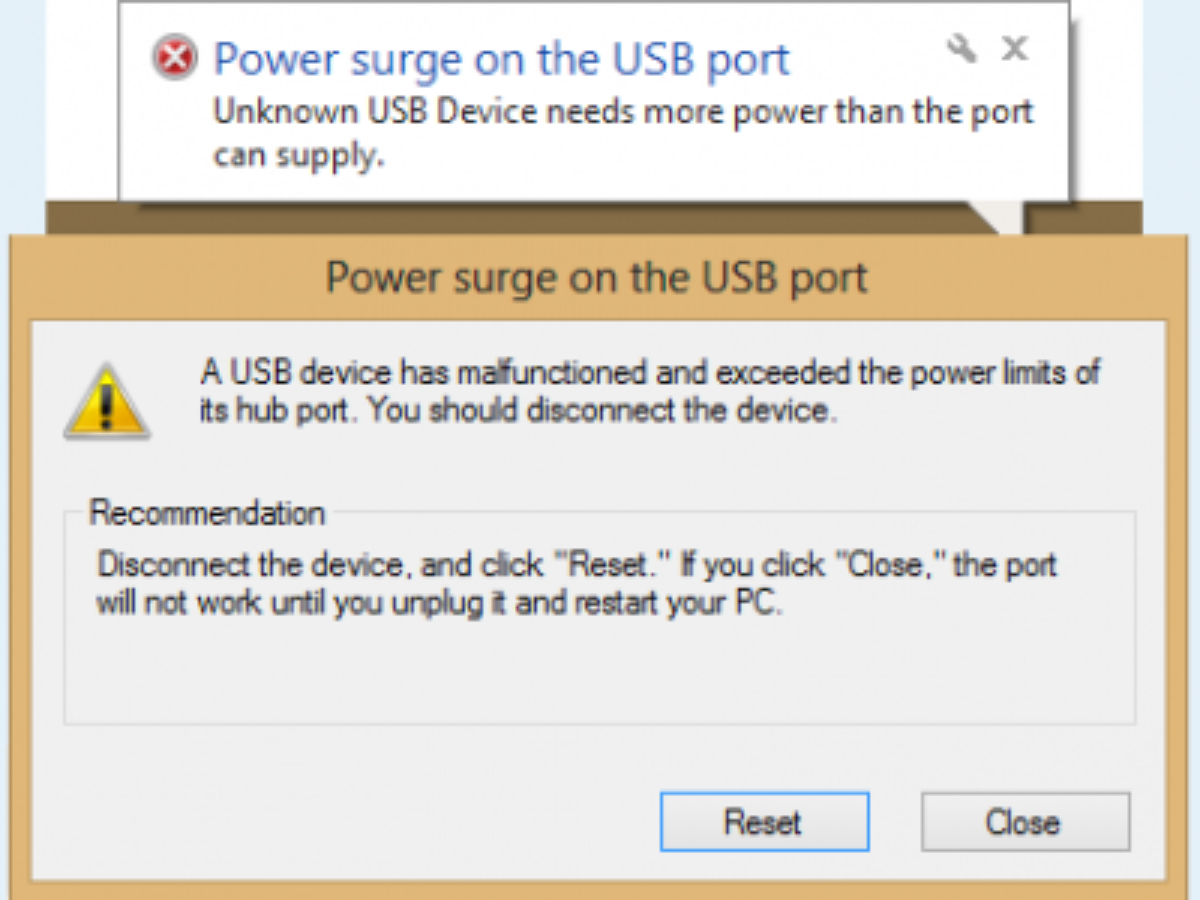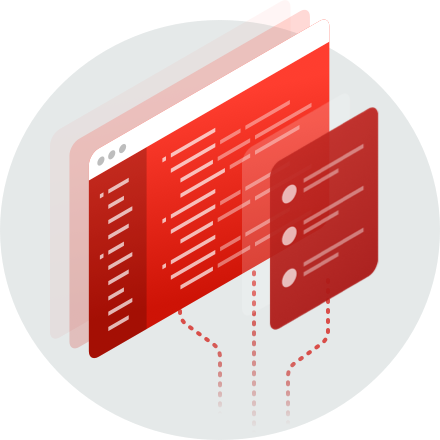Drivers & Downloads Search for your device by product number to get drivers and downloads, manuals, documentation and other online support. You can also search for discontinued products. Go to Device Manager (right click on My Computer, choose Manage and then find Device Manager in the left panel) 2. Right click on the hardware device you wish to update and choose Update Driver Software 3. Choose to select the location of the new driver manually and browse to the folder where you downloaded the driver. About Sound Card Driver. In Device Manager at Redmi 7A, Properties: “The drivers for this device have not installed. (Code 28) There are no compatible drivers for this device. To find a driver for this device, click Update Driver. ” After I activated the Update Driver button, I received the following responses: “Windows could not find drivers for your device”. The only problem with it, is that, it reload the latest driver when you plug the device on a never used USB port. So, if you change place of connection, you should manually set the driver to 3.3, but you have to do that only the first time you used this port. Next time, the driver remain to 3.3 and never upgrade to 3.6.
The best place to download a driver is direct from the hardware manufacturer. Before you can update a driver, you'll need to find and download the latest version. Drivers downloaded from the manufacturer will be the most tested and up to date available.
This document will guide you through installing the Intel® Android* USB Driver package which will enable you to connect your Windows* based machine to your Android device that contains an Intel® Atom™ processor inside.
System Requirements
Hardware Requirements:
Android Mobile device with the Intel Atom Processor inside except SoFIA
A micro-USB to USB cable (same cable used to charge device)
Supported Host Operating Systems:

Windows® 10 (32/64-bit)
Windows 8.1 (32/64-bit)
Windows 8 (32/64-bit)
Windows 7 (32/64-bit)
Windows Vista (32/64-bit)
Windows XP (32-bit only)
Supported Android Device Operating Systems:
Android 2.3.7 – Gingerbread (GB)
Android 4.0.x – Ice Cream Sandwich (ICS)
Android 4.4 – Kit Kat
Android 5.x – Lollipop

Installation steps
Warning: Make sure you do not have your Android device connected to your computer during the installation process.
- Download the installer package from https://software.intel.com/content/www/us/en/develop/android/tools.html
- Run the installer and accept the Windows User Account Control (UAC) prompt, if applicable.
- You will see the following screen. Click Next to continue. (If the installer detects an older version of the driver, accept to uninstall it.)
- You will see the following screen. Read and agree to the Intel Android USB Driver End-User License Agreement (EULA).
- You will prompted to select components as seen on the screen below. Click on next button to proceed.
- Choose the path for the installation and click Install.
- The installer will proceed to install Android USB drivers. This may take a few minutes to complete.
- After the driver installation is completed, click OK on the pop-up note and then click on Finish to close the installation program.
Supported USB profiles
After installing the USB driver package, plug in your Android device to your computer using your micro-USB to USB cable. The following are the supported USB profiles via the Intel Android USB Driver package:
- ADB (Android Debug Bridge): This is the debug interface of Android. It is mandatory to ise in order to re-flash, and debug.
- MTP (Media Transfer Protocol): This is Windows protocol to facilitate the transfer of media files.
- PTP (Picture Transfer Protocol): This is Windows protocol to allow the transfer of images from digital cameras to computers.
- RNDIS: This functionality provides a virtual Ethernet link using phone network.
- CDC Serial (Modem AT Proxy): This functionality provides the link to Modem to allow to use AT commands through a virtual com port:
Troubleshooting
1/ Device is not recognized at all
- These drivers are only for Intel® devices. If you’re using a device from one of our OEM, please get the drivers directly from their web site, or you can use the list of links provided by Google here.

2/ I have errors in Windows Device Manager
- Open Windows Device Manager:
- You may see USB Mass Storage instead of ADB Device. If it’s the case, right click on Mass Storage device icon and select ‘Uninstall’.
Then unplug your device from the computer and install drivers’ setup again. - You may see Android Device with yellow warning icon. If it’s the case, right click on Android Device icon and select ‘Uninstall’.
Then unplug your device from the computer and install drivers’ setup again
- You may see USB Mass Storage instead of ADB Device. If it’s the case, right click on Mass Storage device icon and select ‘Uninstall’.
:max_bytes(150000):strip_icc()/GettyImages-184994252-59cc123b054ad90010e077d8.jpg)
3/ I can see Portable Device but no Android Debug Bridge (ADB) profile
You may have not enabled “USB Debugging” option.
The developer options on your phone are hidden by default. Open the settings on your phone, and find the About section. Look through it until you see the 'Build number' entry. Tap it five times in quick succession, and you should see a small dialog letting you know that you're now a developer.
Come back to Settings main menu and go into Developer Options, then enable USB Debugging.
4/ I’m old school and still using Windows XP. When I activate MTP there is no pop-up to allow me to access phone file system or transfer media files.
MTP is not supported by default with Windows XP. You have to install Windows Media Player 10 or later.
Further Questions & Support
For other troubleshooting support, post questions on the Intel support forum for Android developers: (https://software.intel.com/content/www/us/en/develop/android.html)
Legacy download files
Legacy PROWIN32 and PROWIN64 download packages provide PROSet, driver, ANS, FCoE, and DCB support for Windows 7* and Windows Server 2008 R2*.
Regular webpacks provide Intel® PROSet support for operating systems Windows 8.1*, Windows Server 2012*, Windows Server 2012 R2*, Windows® 10, Windows Server 2016*, or newer supported operating systems.
Download OEM Port Devices Driver
Note: New hardware support or new features will not be added to legacy download packages.
Overview
This download contains the Intel® Ethernet network drivers and software for Windows 7*.
Which file should you download?
Note: 10GbE adapters are only supported by 64-bit drivers:
- PROWin32.exe for 32-bit (x86) editions of Windows*
- PROWinx64.exe for 64-bit (x64) editions of Windows
How to use this download
Download the self-extracting archive and run it. It will extract the files to a temporary directory, run the installation wizard, and remove the temporary files when the installation is complete. All language files are embedded in this archive. You do not need to download an extra language pack.
See readme notes if you want to extract the files without installing.
Download Oem Port Devices Drivers
This software may also apply to Intel® Ethernet Controllers. Support for built-in network connections is provided by the system or board manufacturer.
About Intel® drivers
The driver or software for your Intel® component might have been changed or replaced by the computer manufacturer. We recommend you work with your computer manufacturer before installing our driver so you don’t lose features or customizations.
See list of manufacturers’ Support websites.
